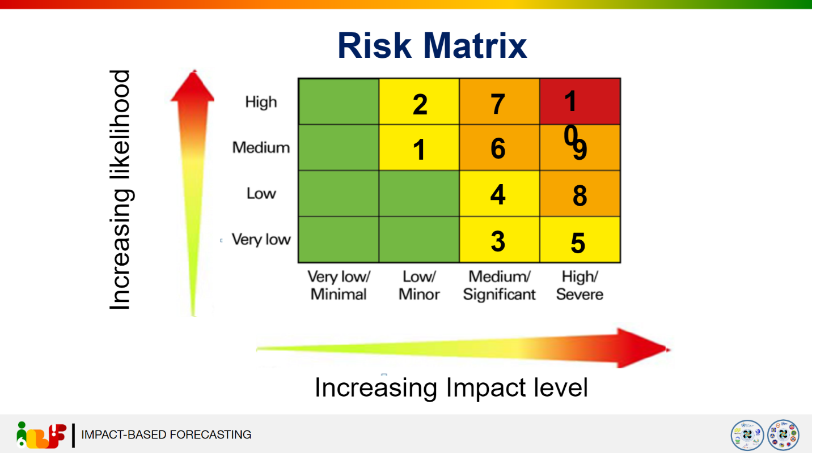DOST-PAGASA’s IBF, a gamechanger in weather forecasting

For over a century, the country had been frequented by strong typhoons and history would tell us how, in the past, typhoons had indelibly made its mark into the Filipino consciousness.
In the last 20 years or more, Typhoons Yolanda (Haian) in 2013, Odette (Rai) in 2021, Pablo (Bopha) in 2012, Glenda (Rammasun) in 2014, and Ompong (Mangkut) in 2018 brought a combined amount of P263 million in property and economic losses to the country. As a sidebar, the country experiences about a handful of 21 typhoons on average. Yet, it seems that the public cannot draw the impacts that these destructive typhoons bring year-in and year-out.
At this time and age, one can only see a ray of hope in the darkest of times as the Department of Science and Technology-Philippine Atmospheric, Geophysical, Astronomical, Services Administration (DOST-PAGASA) is now transitioning into Impact-Based Forecasting (IBF).
Launched in December last year, IBF handles weather forecasting information differently from the conventional method of telling what the weather will be. It attempts to translate hazard information into potential impacts thus shifting information from “what the weather will be” to “what the weather will do.” This way, the public will have better understanding and appreciation of the weather forecast, so they can do the appropriate action.
In an interview at CNN’s The Final Word last February, Engr. Lorenzo A. Moron, DOST-PAGASA assistant weather services chief, explained that with the experience during Typhoon Yolanda, the World Meteorological Organization has strongly advocated the shift from the conventional weather forecasting to impact-based.
“PAGASA provides conventional forecasting which is quite technical, and people don’t usually understand this information,” says Moron. “So, this IBF attempts to provide easy to understand information that are pitched in the language of the public by providing the impacts instead of providing information.”
He expounded that it is no longer enough to provide accurate weather information as the public are demanding on what to do to ensure their safety and protect their properties. And IBF would provide descriptive information on the effect of any meteorological event that would enable the public to visualize its effect before disaster happens.
Aside from providing an accurate weather forecast, DOST-PAGASA is now analyzing data by providing a risk assessment using a risk matrix where risks have corresponding impacts to humans and to property.
The matrix will have a corresponding response matrix laid on color-codes representing the severity of the risks and hazards. (By Joy M. Lazcano, DOST-STII, DOST-STII)
In a separate interview, deputy administrator for Research and Development Esperanza O. Cayanan said that the weather bureau “needs to improve descriptions of the possible impact of cyclones in forecast advisories.” Cayanan said that there is a need to highlight the impacts rather than the description of the rainfall. This was expressed in reference to Typhoon Paeng in 2022 where it left at least 121 death and more than P896 million in agricultural, livestock, and poultry losses.
Currently, DOST-PAGASA is refining its IBF and validation to communities is ongoing. “We have to do thorough validation before we rollout the system. Although Moron did not mention the weather bureau’s target implementation, he assures the public that improved forecasting and better coordination with the local government units will be borne out of this initiative. (30)

